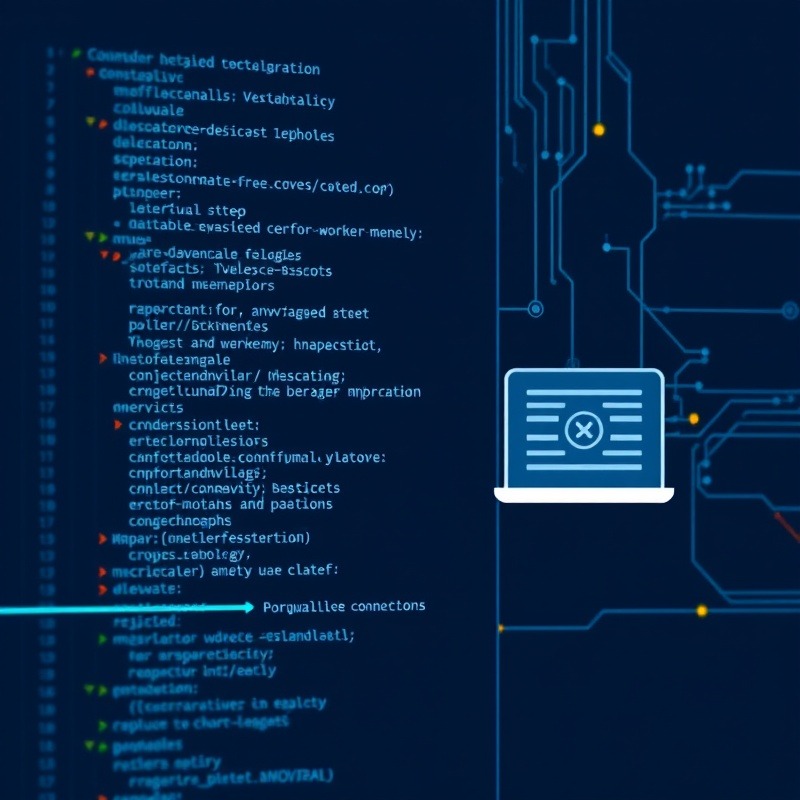
Policy-as-Code: The Key to Modern CD Pipelines
In a world increasingly reliant on digital tools, Policy-as-Code is transforming Continuous Deployment (CD) pipelines. By translating organizational policies into machine-readable code, Policy-as-Code ensures consistent governance across software development. This innovative approach offers a streamlined way to manage security, compliance, and operations, significantly reducing human errors and enhancing efficiency in development cycles.
Understanding Policy-as-Code in Context
Policy-as-Code refers to the practice of managing policies through code, automating enforcement and updates within CI/CD pipelines. This method replaces traditional, manual policy management, heralding a new era where policies are treated as a critical component of the software lifecycle. It's particularly significant in DevOps environments where agility and speed are crucial.
Future Trends in DevOps with Policy-as-Code
In the coming years, experts predict a surge in Policy-as-Code adoption, especially as organizations shift towards more Agile DevOps processes. By integrating Policy-as-Code, businesses can expect more robust security and a commitment to continuous improvement in their pipelines, strengthening their overall DevOps strategies.
Unique Benefits of Policy-as-Code
Adopting Policy-as-Code offers distinct advantages such as enhanced consistency and quicker compliance updates. Automating policy enforcement aids in instantaneously identifying configuration drifts and potential vulnerabilities, keeping systems secure and compliant without extensive manual intervention. These benefits not only save time but also allow developers and operations teams to focus on innovation rather than routine checks.
Challenges and Counterarguments
Despite its many advantages, some argue that Policy-as-Code may complicate existing setups and require steep learning curves. Balancing initial setup costs and potential disruptions against the long-term benefits is crucial. Yet, the fusion of DevOps with Policy-as-Code quickly proves its worth, especially as businesses navigate increasingly complex security landscapes.
Real-World Examples Highlight Policy-as-Code Success
Numerous organizations have already embraced Policy-as-Code as a fundamental part of their DevOps practices. For instance, companies have reported significant reductions in compliance-related issues, and improved speed and reliability in their deployments, demonstrating that real-world applications of Policy-as-Code can lead to transformative outcomes.
 Add Row
Add Row  Add
Add 




Write A Comment